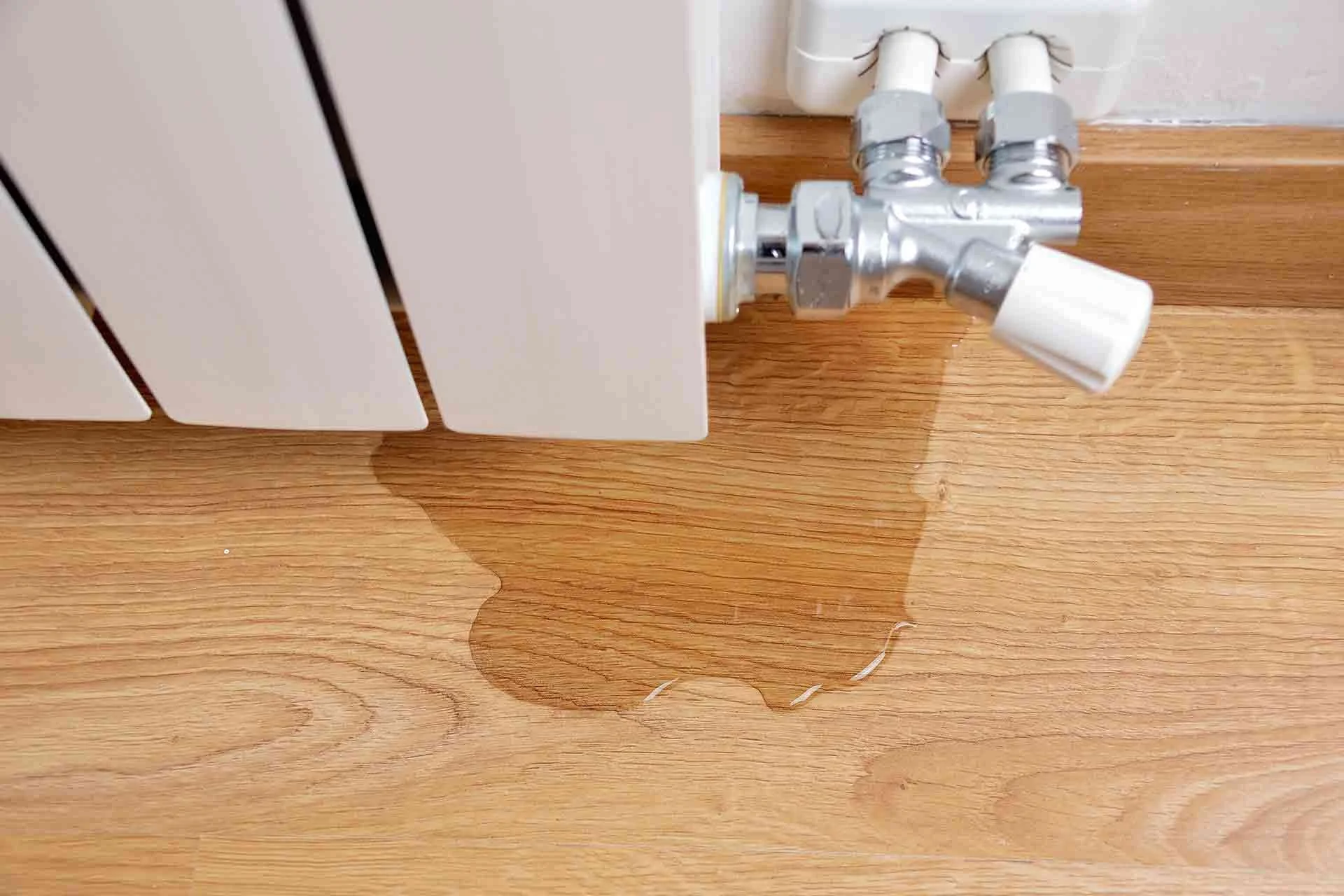What Causes Low Water Pressure in Worcestershire? A Homeowner’s Deep Dive
Few things are as frustrating as a weak shower, a slow-filling kettle, or a washing machine that takes forever to complete a cycle.
If you live in Worcestershire — particularly around Evesham, Worcester, Broadway, or Pershore — you might have noticed fluctuating or persistently low water pressure in your home.
But what actually causes low water pressure, and what can you do about it?
This guide takes a deep dive into the root causes, diagnostics, and fixes — tailored for Worcestershire homes.
What Is Water Pressure?
Water pressure measures how forcefully water moves through your pipes — usually in bars (1 bar = the pressure needed to push water up 10 metres).
Most homes in Worcestershire should have between 1.0 and 3.0 bars of pressure.
Anything below that can lead to:
Weak showers
Slow taps
Appliances not filling correctly
Boiler faults and flow errors
Why Water Pressure Drops in Worcestershire
1. Local Supply Issues
In some cases, the problem doesn’t start in your home.
Severn Trent Water — the main supplier for Worcestershire — occasionally performs repairs, upgrades, or flushing in the network. These can cause short-term drops in water pressure.
“A sudden pressure drop often happens when local mains are being flushed or repaired. It usually returns to normal within a few hours.”
— Paul T., Severn Trent Engineer, Worcester
You can check current supply problems at:
🔗 in your local Severn Trent live updates page.
2. Shared or Narrow Supply Pipes
Many older Worcestershire homes — especially cottages in Broadway, Evesham, and Pershore — share a lead or copper supply pipe with neighbours.
When multiple homes use water simultaneously, pressure drops dramatically.
Modernising your supply line to a single 25mm plastic pipe can greatly improve performance and safety.
3. Partially Closed Stopcock
If the internal or external stopcock isn’t fully open, it can restrict flow throughout the property.
This is one of the most common and easily fixed issues.
Quick check:
Turn off all taps, then open your kitchen cold tap fully. If it trickles, check your stopcock (usually under the sink or near the front door).
4. Faulty Pressure-Reducing Valve (PRV)
Some homes have a PRV fitted where the mains enters the house. If it’s clogged with scale — a common problem in hard-water areas like Worcestershire — it can lower pressure.
A plumber can test and replace the valve in under an hour.
5. Limescale Build-Up
Worcestershire’s hard water is a major culprit.
Mineral deposits accumulate inside pipes, taps, and even boiler components, gradually narrowing water flow.
Installing a water softener or scale inhibitor helps prevent build-up and restore consistent pressure.
6. Leaks in Your System
A leak, even a slow one, can cause steady pressure loss.
Look for:
Damp patches near stopcocks or pipes
Constant sound of running water
Higher-than-usual water bills
If the leak isn’t visible, a plumber can perform a pressure test to identify the source.
7. Combination Boilers and Pressure Issues
If you have a combi boiler, low water pressure can trigger system lockouts.
This can result from:
Low mains pressure
Air trapped in pipes
Leaks in the heating loop
Check your boiler’s pressure gauge — it should read 1.0 to 1.5 bar when cold.
If it’s below this, it may need repressurising or professional attention.
How to Test Your Water Pressure
-
-
-
Under 6 seconds → good pressure (~10 L/min).
7–10 seconds → moderate pressure.
Over 10 seconds → low pressure — time to investigate.
Servicing Matters
Lower running costs
Safer operation
Longer lifespan
Servicing Matters Lower running costs Safer operation Longer lifespan
When to Call a Professional
If you’ve checked your stopcock, cleared scale, and still have low pressure, it’s best to contact a local expert.
Persistent low pressure could mean:
A hidden underground leak
Mains connection issues
Or a boiler fault affecting system pressure
“Most pressure issues aren’t just inconvenience — they can signal deeper problems in your plumbing system that need proper diagnostics.”
— Adam K., Plumbing & Heating Specialist, Evesham
The Bottom Line
Low water pressure in Worcestershire can stem from a mix of aging infrastructure, hard-water scale, and shared supply lines.
While temporary dips are common, consistent pressure loss shouldn’t be ignored — it affects comfort, energy efficiency, and appliance lifespan.
By identifying the cause early and calling a professional when needed, you’ll keep your home’s water flow — and your mornings — running smoothly.
Book a Water Pressure Check in Worcestershire
Our engineers cover Evesham, Worcester, Broadway, Cheltenham, and Pershore, offering:
Full water pressure diagnostics
Leak detection and supply line replacement
Booster pump installation
Water softening and descaling services
📞 Call us today for a free consultation
📧 Request a quote via email
🌿 Trusted by homeowners across Worcestershire and the Cotswolds

